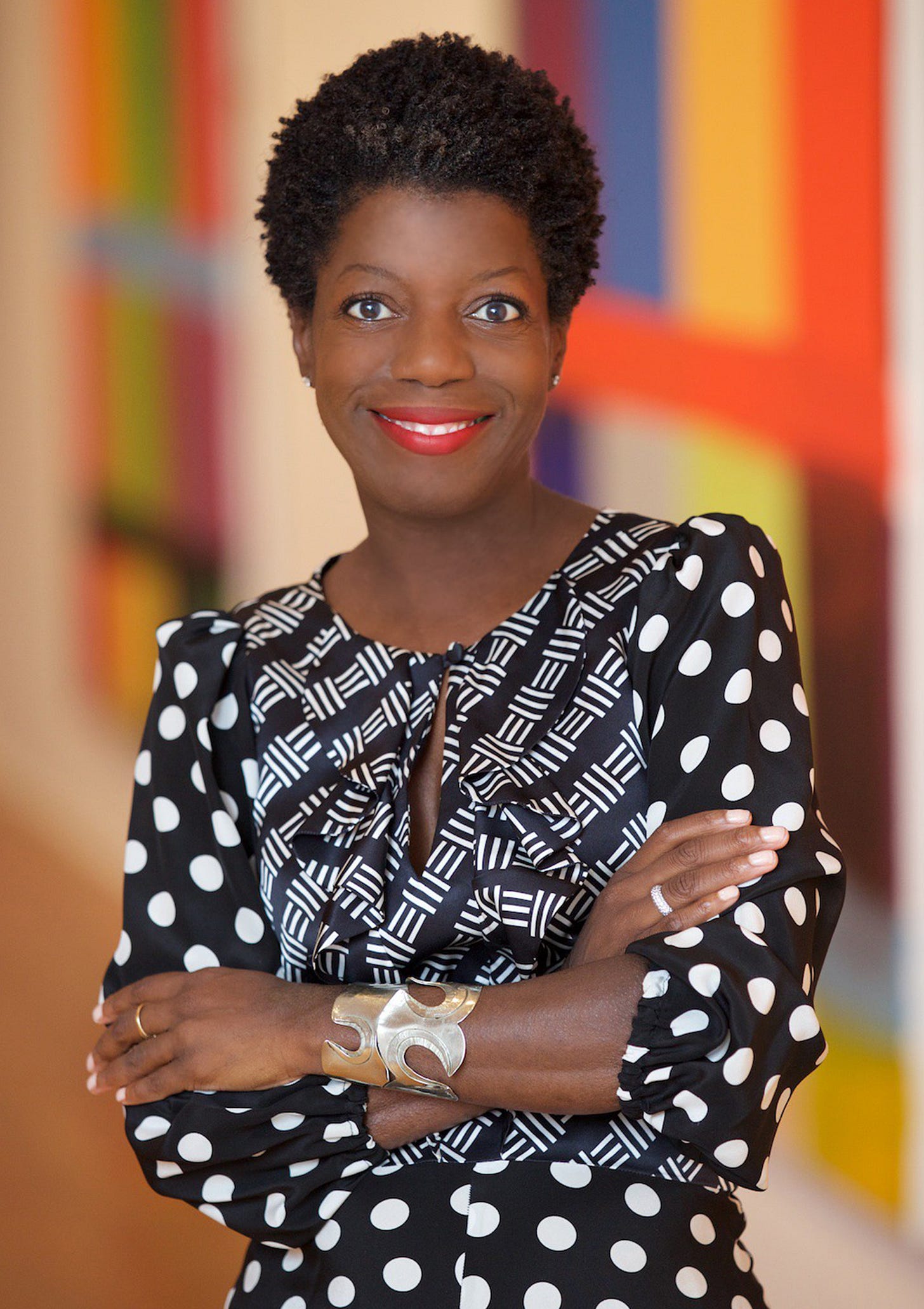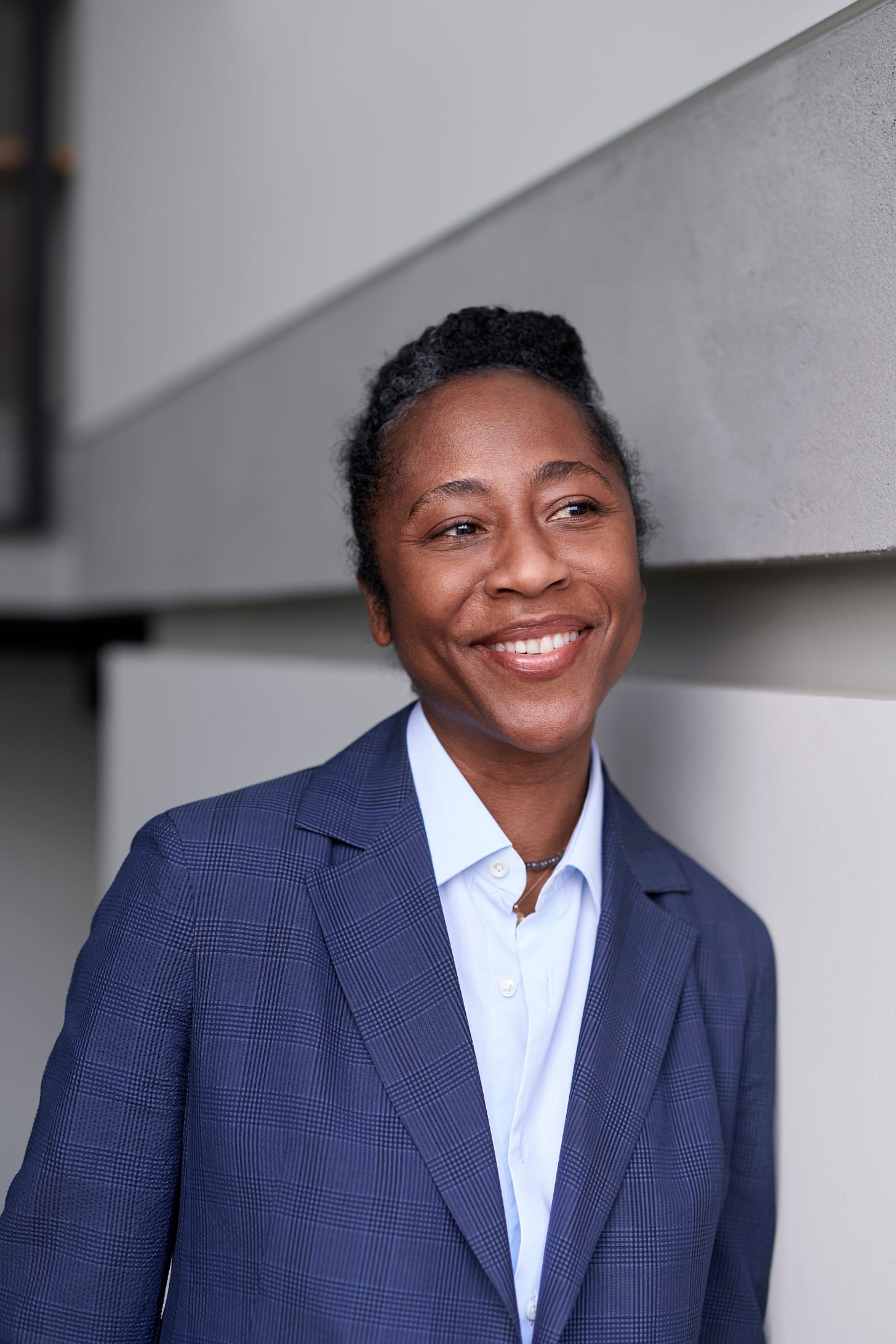Hi Everyone,
I hope you’re well, and welcome back to The Art & Artists Report.
Thank you all so much for subscribing.
Today—I can’t believe it—is the last post featuring survey results, and it includes responses to the following question:
Who are 3-4 curators or art “leaders” working today who will have a lasting impact?
A few comments before I share the results.
First off, I want to share my thoughts about the power of curators. While I'm obviously biased, because I do identify—in part—as a curator, curators are some of the most influential forces in the art world. They decide which artworks audiences see, conceive exhibition strategies, and position certain artists for success.
This is not to dismiss the power of other art world gate-keepers, such as collectors or galleries or museum boards, but curators are some of the most important and influential tastemakers. It’s their job to connect with artists and their work and identify practices that the larger art world should know about. When curators select artists for the Whitney Biennial or Venice Biennale, they’re defining the art that the United States should foreground or which artists the world should look at. When they present an exhibition on overlooked historical artists or movements, they’re rewriting art history.
Their jobs are incredibly exciting and also incredibly tough because the stakes are very high. At the uppermost echelons, curators are under intense scrutiny, as their decisions deeply affect the fates of many people in the art ecosystem, including but not limited to artists.
Another thing I want to mention before sharing the results is the fact that the list below includes almost all curators. So, reflecting on my question, I probably should have just left it at “curators” and not included “leaders.” I thought adding “leaders” would prompt answers that included people serving in other roles (such as museum directors or people working in the commercial art world), but it didn’t work, apart from a few responses. A note for myself for the future.
A final observation is that there were (again) some respondents who didn’t like this question, though there were fewer than for the top artists post. One respondent didn’t want to answer this question because they believed it reinforced a very hierarchical art world and the idea that it’s separate from larger structures that, in fact, have more influence. They explained:
“I would love to imagine an ‘art world’ (a term I really dislike because of its implication of separation from the concerns of the ‘real’ world) to be horizontal rather than vertical in its structures, so I would like to respectfully not answer this question, and instead suggest that we collectively, as people that work in or adjacent to artists and artworks, try and align the promise of art with the real-world structures that support its production, exhibition, interpretation and dissemination.”
[N.B. I read “structures” above mostly as referring to how collectors support the art world and thus the financial contexts from which they earn their money.]
Another respondent had similar thoughts, critiquing how lists create superficial personality cults. They explained:
“Same as [the last question about artists], I really dislike ‘top’ approaches and I feel like it creates false hierarchies and inflates egos in an already overinflated (and often toxic) art world.”
Finally, others found it hard to answer this question because they couldn’t correlate the importance of a curators’ work with long-term effects. One curator explained: “I think there’s a problem within the cultural sector in terms of the distribution of power because I find it hard to identify curators or arts leaders doing meaningful work who [also] have the influence and lasting impact they deserve.” While I don’t want to put words in the mouth of this person, some reasons for this could be the ongoing focus of the art world on the same major cities and institutions.
Now, on to the results…
Among the 172 responses, the following leaders received more than four votes:
Thelma Golden, Ford Foundation Director and Chief Curator, Studio Museum in Harlem (14)
Hans Ulrich Obrist, Artistic Director, Serpentine Galleries (7)
Cecilia Alemani, Donald R. Mullen, Jr. Director & Chief Curator of High Line Art (6)
Legacy Russell, Executive Director & Chief Curator, The Kitchen (6)
Helen Molesworth, writer, podcaster, and curator (5)
Naomi Beckwith, Deputy Director and Jennifer and David Stockman Chief Curator, Guggenheim Museum (4)
Candice Hopkins, Executive Director & Chief Curator, Forge Project (4)
Just like last week, I have linked the above names to institutional pages, personal websites, or journalistic profiles, links which I hope are good jumping off points for learning about these influential personalities.
What do we notice about this list, other than the fact that they are all great curators? I have a number of thoughts…
A prevalence of New York-based curators, which could be explained by my personal network, centered in the city
A real mix of senior leaders and newcomers
A lack of white men
A predominance of women
A predominance of Black women
Few leaders of large, long-standing institutions
An overall consensus that Golden is the leader of the next generation of curators (receiving at least twice the votes of anybody else). Golden has mentored generations of Black curators, and the opening of the new Studio Museum building is receiving significant attention.
It’s notable that Molesworth is here as she is unaffiliated with an institution—though I am sure I am not alone in believing she should be leading an institution, due to her dynamic array of writings, exhibitions, and podcasts.
It’s notable that Russell is included. A lifetime ago, she was a former colleague of mine at Artsy, and her presence on the list demonstrates the power of her leadership at The Kitchen and her rapidly rising profile in the realm of performance art—as well as the rising profile of performance art in the art world in general.
It’s notable that Hans Ulrich Obrist is here. Curation is often about new perspectives—which often means young perspectives—and it’s a feat that he has been so central to the art world for so long.
Hopkins’ inclusion again testifies to the attention given to Indigenous art and artists, and Hopkins has become very much synonymous with that attention.
Alemani would not be here without her critically acclaimed Venice Biennale. While the High Line is a significant venue, I am probably not alone in thinking that she could be leading a larger institution.
Moving on, the following curators received more than one vote each:
Anne Pasternak (3)
Koyo Kouoh (3)
Lynne Cooke (3)
Zoé Whitley (3)
Ashley James (2)
Christiane Paul (2)
Chus Martinez (2)
Franklin Sirmans (2)
Hilton Als (2)
Hoor Al Qasimi (2)
Jane Panetta (2)
Jasmine Wahi (2)
Larry Ossei-Mensah (2)
Marcela Guerrero (2)
Mark Godfrey (2)
Miguel López (2)
Rashida Bumbray (2)
Susanna Pfeffer (2)
And here are the rest of the responses. You’ll notice that not all of them are curators, so here is where the broader label of “leader” resonated for a few people. I was surprised to see a few writers, gallery directors, collectors, and a podcast host, as well as the lack of major curators from the most historically prestigious institutions. All of this testifies to the diversity of ways in which art world “taste” is sourced at this moment.
Adriano Pedrosa
Akili Tommasino
Aleesa Pitchamarn Alexander
Alessandro Rabottini
Alia Al-Senussi
Alison Gingeras
Andrea Bayer
Andrea Lissoni
Andrea Nitsche-Krupp
Ann Philbin
Anna Katz
Anne Ellegood
Anselm Franke
Aram Moshayedi
Aruna D'Souza
Beth De Woody
Bonaventure Soh Bejeng Ndikung
Çağla Ilk
Carmen Hermo
Carolyn Christov-Bakargiev
Charlie James
Chrissie Iles
Dean Kissick
Deana Haggag
Denise Murrell
Destinee Filmore
Dina Akhmadeeva
Donna De Salvo
Drew Sawyer
Ebony L. Hayes
Ebony G. Patterson
Ekow Eshun
Elena Filipovic
Eva Respini
Fatoş Üstek
David Breslin
Gemma Rolls-Bentley
Glenn Adamson
Hal Foster
Hamza Walker
Hernease Davis
Ibrahim Nehme
Ionit Behar
Iwan Wirth
Jason Edward Lewis
Jean Marie-Gallais
Joan Weinstein
Johanna Burton
Klaus Biesenbach
Katy Hessel
Kendal Henry
Kristy Edmunds
Larry Gagosian
Laura Hoptman
Leonardo Bigazzi
Lewis Dalton Gilbert
Manuel Segade
Mariët Westermann
Massimiliano Gioni
Matthew Higgs
Maxwell Graham
Melissa Shaginoff
Michelle Millar Fisher
Miranda Lash
Naima Keith
Nancy Spector
Nicolas Bourriaud
Nora Abrams
Nora Lawrence
Sam Bardaouil
Sandra Jackson-Dumont
Scott Rothkopf
Sebah Chaudhry
Sháńdíín Brown
Simon Njami
Steven Sacks
Sunjung Kim
The Rubells
Till Fellrath
Tina Rivers Ryan
Valerie Cassel Oliver
Veronica Roberts
Victoria Sung
Vilma Jurkute
Wassan Al-Khudhairi
Xin Wang
As I said about last week's list of artists, I definitely could not have made this (excellent) list myself, and I am indebted to the experts who helped me compile it. I hope these responses inspire curiosity, that you’ll follow these curators’ projects and learn more about new ideas and themes in contemporary art.
While this post concludes the answers to the survey, it is not the end of this year’s report. I’ll be following up in a few weeks with a conclusion post. I want to take a step back and process all of the data I have shared even more fully than I have on a weekly basis. I’ll discuss some macro takeaways and thoughts about how I want to develop the next iteration. Accordingly, I would love to hear if you have specific feedback on the report or changes you’d like to see in the future. Please add as a comment below, or if you don't feel comfortable sharing your thoughts publicly, please contact me directly through my website.
Thank you for your continued interest in this report, and I’ll be back in touch soon.
Best,
Matthew
Matthew Israel
matthewisrael.com
A Year in the Art World
Art & Artists








I love reading your work - thank you for sharing and continuing to help open my eyes.